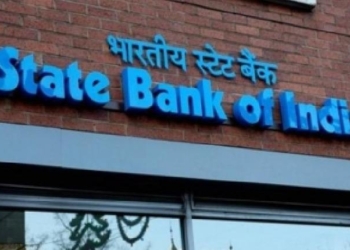New Delhi: Indians working abroad sent home a record $129.4 billion in 2024 with the highest-ever inflows of $36 billion in the October-December quarter, according to the latest figures compiled by the Reserve Bank of India (RBI).
India tops the list of recipient countries for remittances in 2024 and is way ahead of second-placed Mexico with $68 billion.
China ($48 billion) is at the third spot followed by the Philippines ($40 billion), and Pakistan ($33 billion), according to figures compiled by World Bank economists.
The growth rate of remittances in 2024 is estimated to be 5.8 per cent, compared to 1.2 per cent registered in 2023, according to World Bank data.
The number of Indians working overseas has tripled from 6.6 million in 1990 to 18.5 million in 2024, with its share in global migrants rising from 4.3 per cent to over 6 per cent during the same period.
Indian migrants in the Gulf countries account for around half of the total Indian migrants in the world.
The recovery of the job markets in the high-income countries of the Organisation for Economic Co-operation and Development (OECD), following the onset of the COVID-19 pandemic, has been the key driver of remittances.
This is especially true for the United States where the employment of foreign-born workers has recovered steadily and is 11 per cent higher than the pre-pandemic level seen in February 2020.
Officially recorded remittances to low-and middle-income countries (LMICs) are expected to reach $685 billion in 2024.
According to the World Bank, remittances have continued to outpace other types of external financial flows, such as FDI, to low and middle-income countries and will continue to increase because of enormous migration pressures driven by demographic trends, income gaps, and climate change.
During the past decade, remittances increased by 57 per cent, while FDI declined by 41 per cent. Remittances will likely continue to increase because of enormous migration pressures driven by demographic trends, income gaps, and climate change, the World Bank report explained.
(IANS)

















